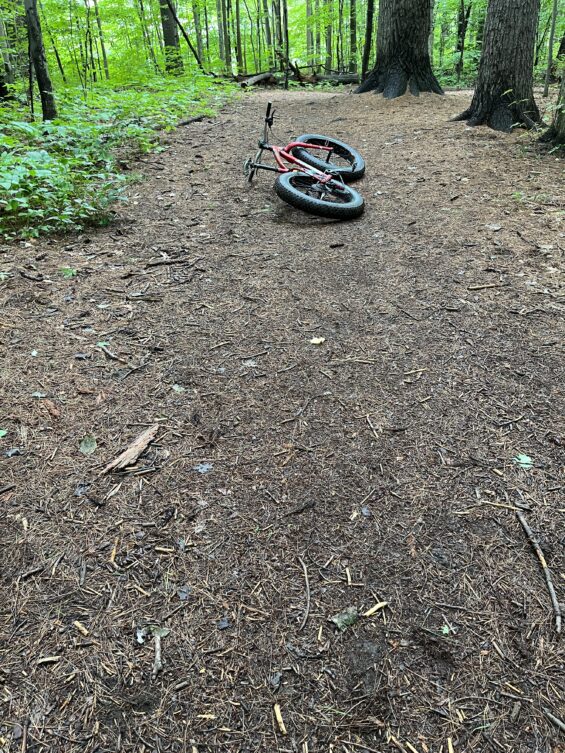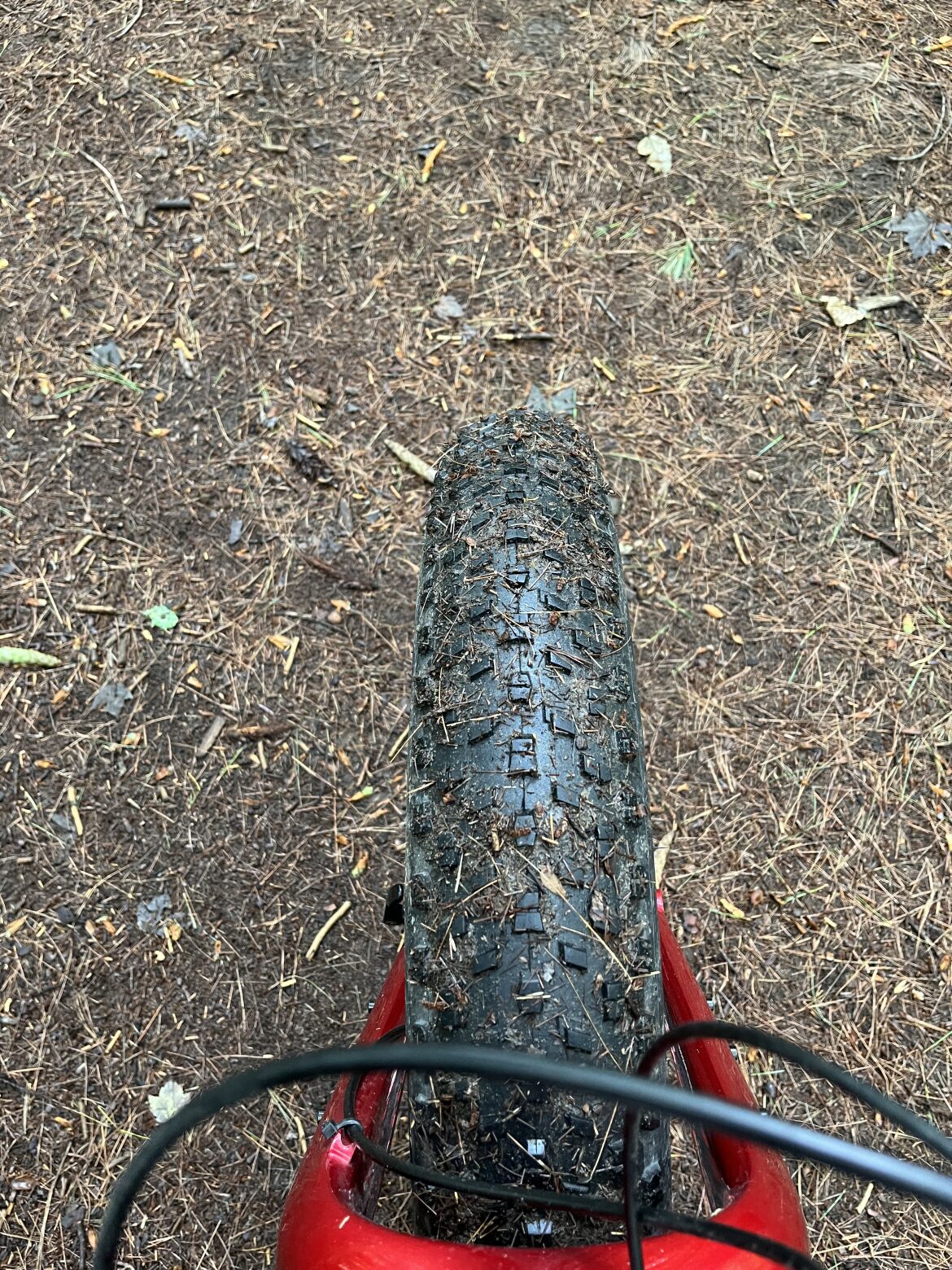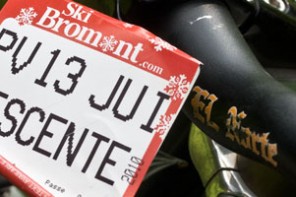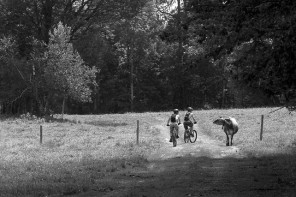Should you ride a fat bike in the “off season”?
Most folks, myself included, get a fat bike to extend their riding season into the winter months. In snowy and icy conditions, the otherwise absurd proportions and low tire pressure make all the difference in allowing just enough traction to make riding not just possible, but actually fun.
So what about riding a fat bike in the summer? Of course it should work just fine, there’s nothing preventing it from running on dry/damp trails, but does anybody do that? And would it be fun?
A few years ago I got a deal on an aluminum fat bike with a mid level components and a rigid fork (a rigid ALUMINUM fork, if you can imagine the horror). It’s been an amazingly fun and reliable piece of equipment that has been the best $700 I have ever spent. With small changes to the contact points and drivetrain it’s gotten regular use during trips to visit family over the Christmas holiday.
During a recent and atypical summer visit, I decided to take it out for a spin on the damp but rideable estuary trails of greater Burlington. After I gave the bike a quick once over I headed out for a brief spin to try to shake off the jet lag.
The ridiculously wide stance width to accommodate the 5” tires is the first thing I always notice when I start riding the fat bike; the consistently loud rolling tires are the second. As I get a few pedal strokes in and start to get used to the feel the bike seems to rumble to life as I pick up speed on the way to the trailhead.
With a quick dart into the woods the tires quiet down and the ride feels more familiar- slow and steady, but confident and unique. The overall weight is more than my main trail bike, with the ridiculous tires making up most of that girth. The overall wheelbase is surprisingly tight, and the modern slack geometry definitely favors tipping versus turning the bars to steer. Tipping also minimizes the sidewall collapse that occurs when cornering, which adds to the wheel flop and the disconcerning feel of diving into the turn as the front tire buckles out of the way.
So how’s it ride? Well it follows the same laws of physics as the rest of the planet, but the different proportions of wheelbase length, tire width, and tire pressure mean the ride is familiar but unique relative to a more normal trail bike.
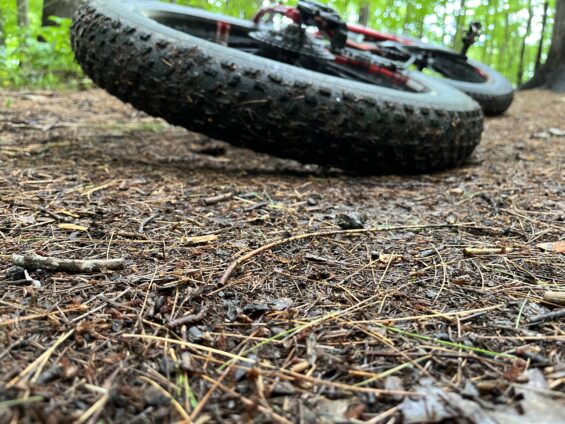
Most of the story is the tires, and at 26×4.9” and (under 10 psi) they provide an inspiring amount of traction with considerable passive suspension compliance. Slippery rocks and roots can’t be completely ignored, but I can roll over them with far less consideration.
Did I mention it’s slow?
Generally I found my overall speed to be slightly slower than what I’d expect on a trail bike, with the approach speed for obstacles about the same.
One could argue that the wider tires do less damage to soft ground, so it’s actually a more sustainable option for riding on damp but passable days.
Overall riding a fat bike in the summer is definitely a fun option as long as you’re not in a hurry. I would generally use at as a backup if my main bike was in for service, or to mix up, though I know some pretty talented riders who used a fat bike as their only summer bike for a period of time.
The only negative impact for the bike is that the tires will wear faster on harder summer surfaces than they would on snow, so keep an eye on the tread wear if you ride it often.
It’s not necessarily the right tool for summer riding, but the wrong tool is still better than nothing.
And it’s definitely fun as long as you’re not trying to keep up with your buddies riding the usual midweek loop.
